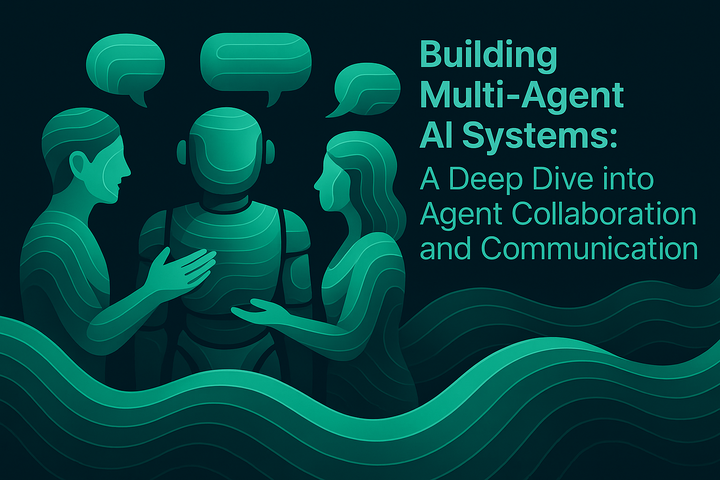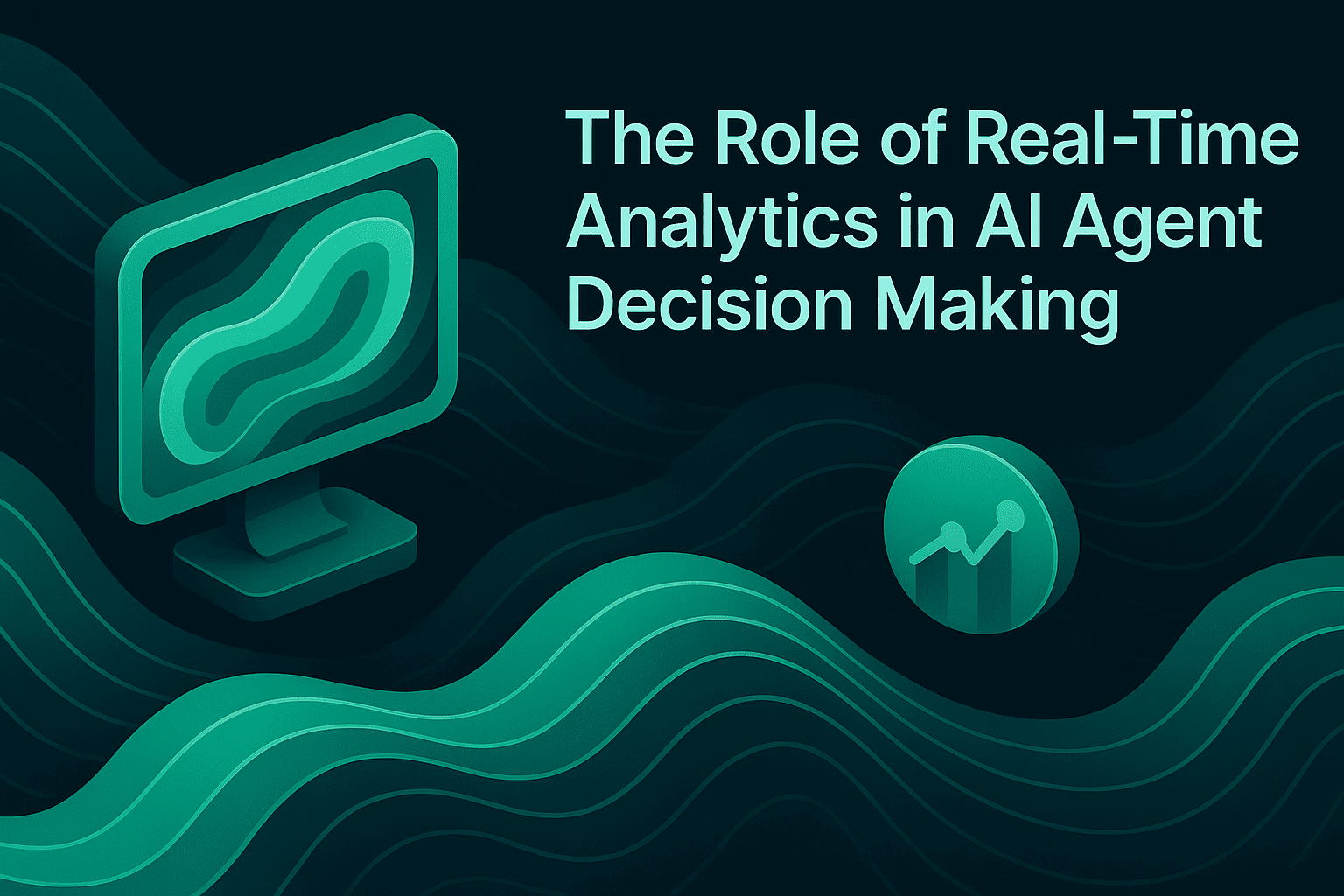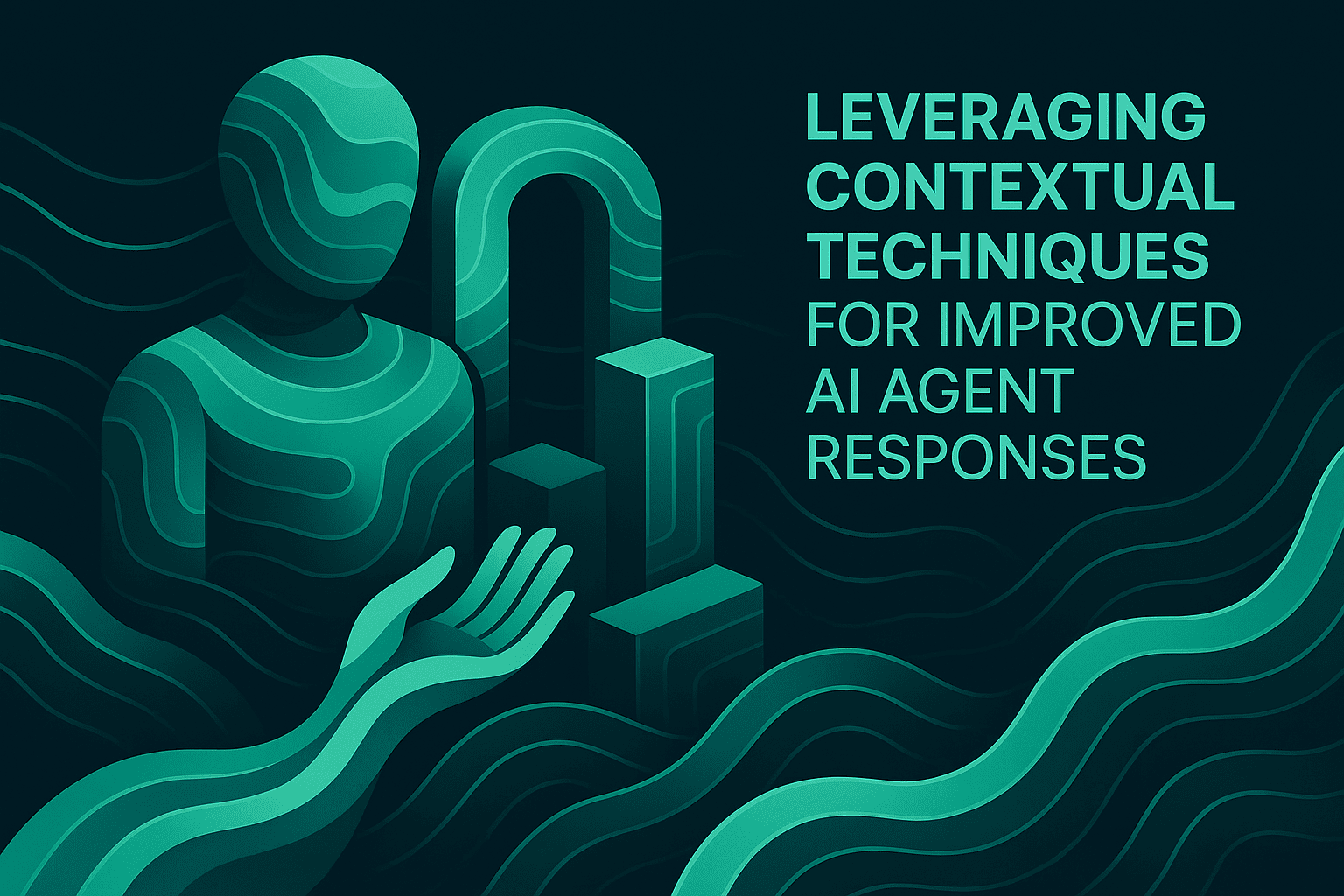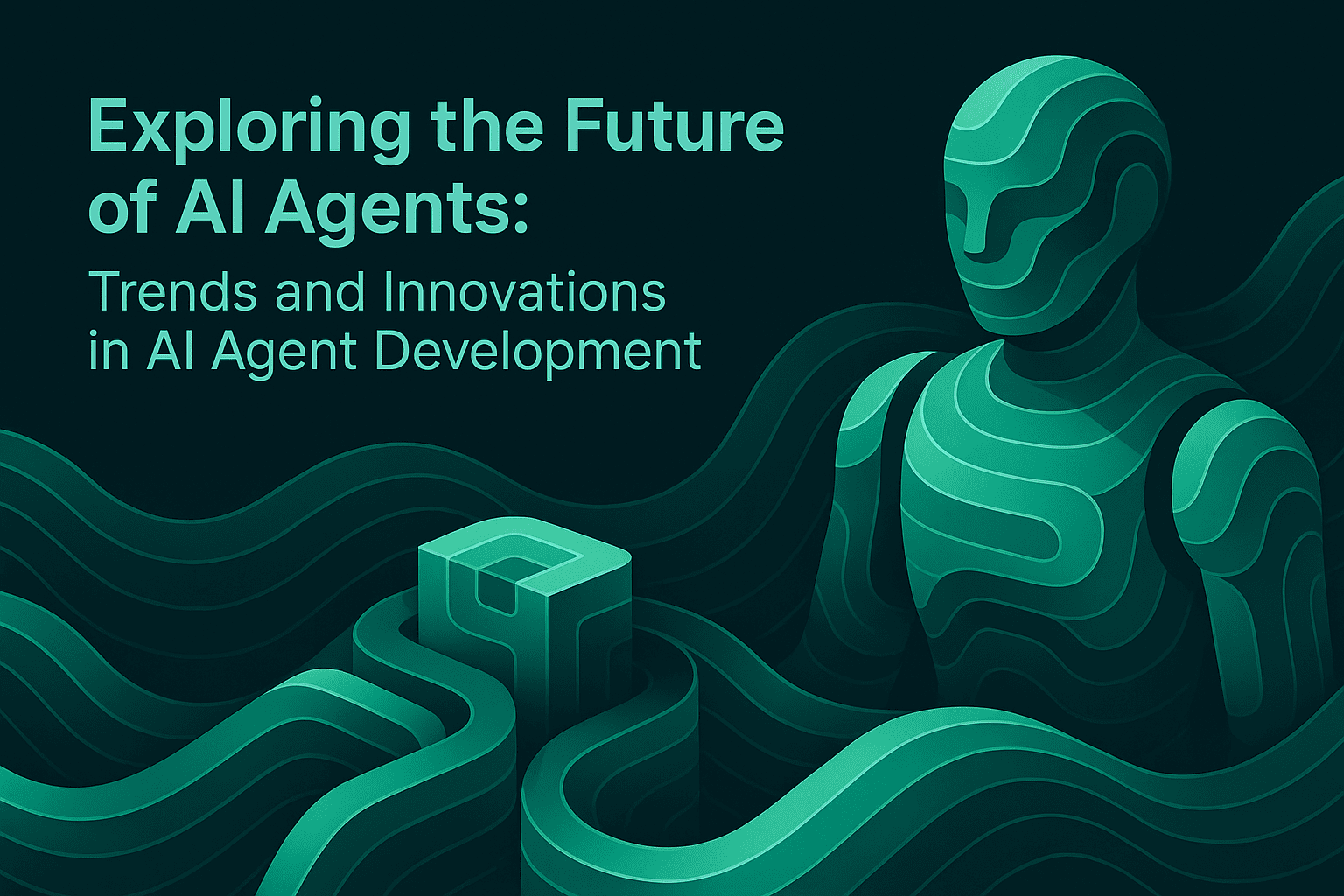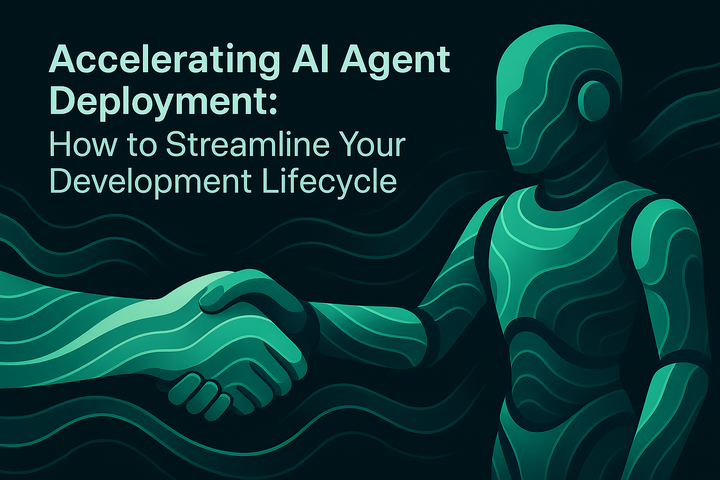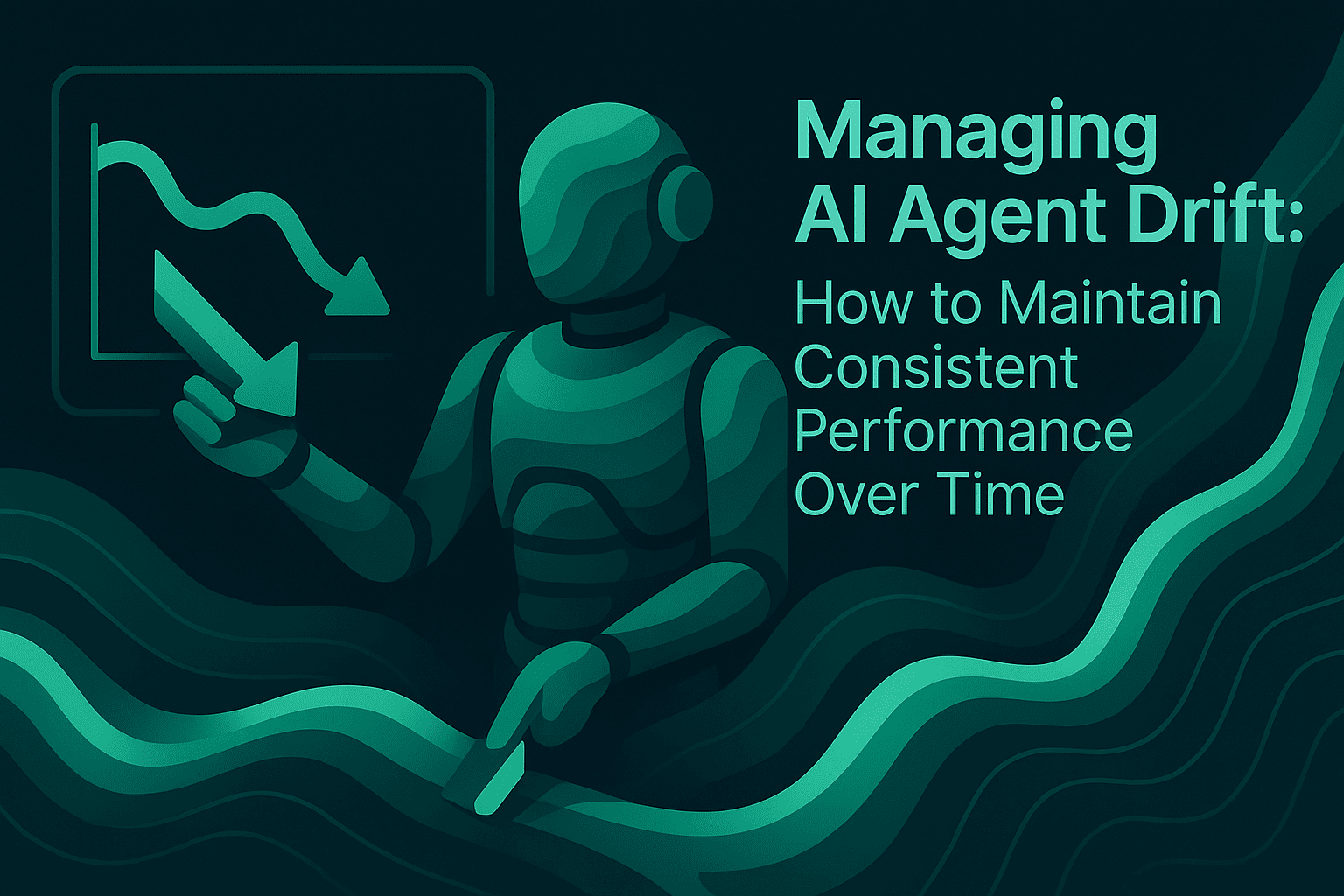
Managing AI Agent Drift: How to Maintain Consistent Performance Over Time
TL;DR:
Agent drift is the gradual decline in AI agent performance caused by changing data, evolving models, prompt modifications, and shifting user patterns. This guide provides a practical framework to detect and prevent drift through session-level observability, scenario-based simulation, unified evaluations, and controlled rollouts. A disciplined loop of simulation,
